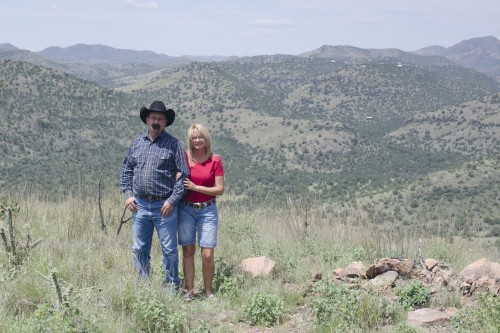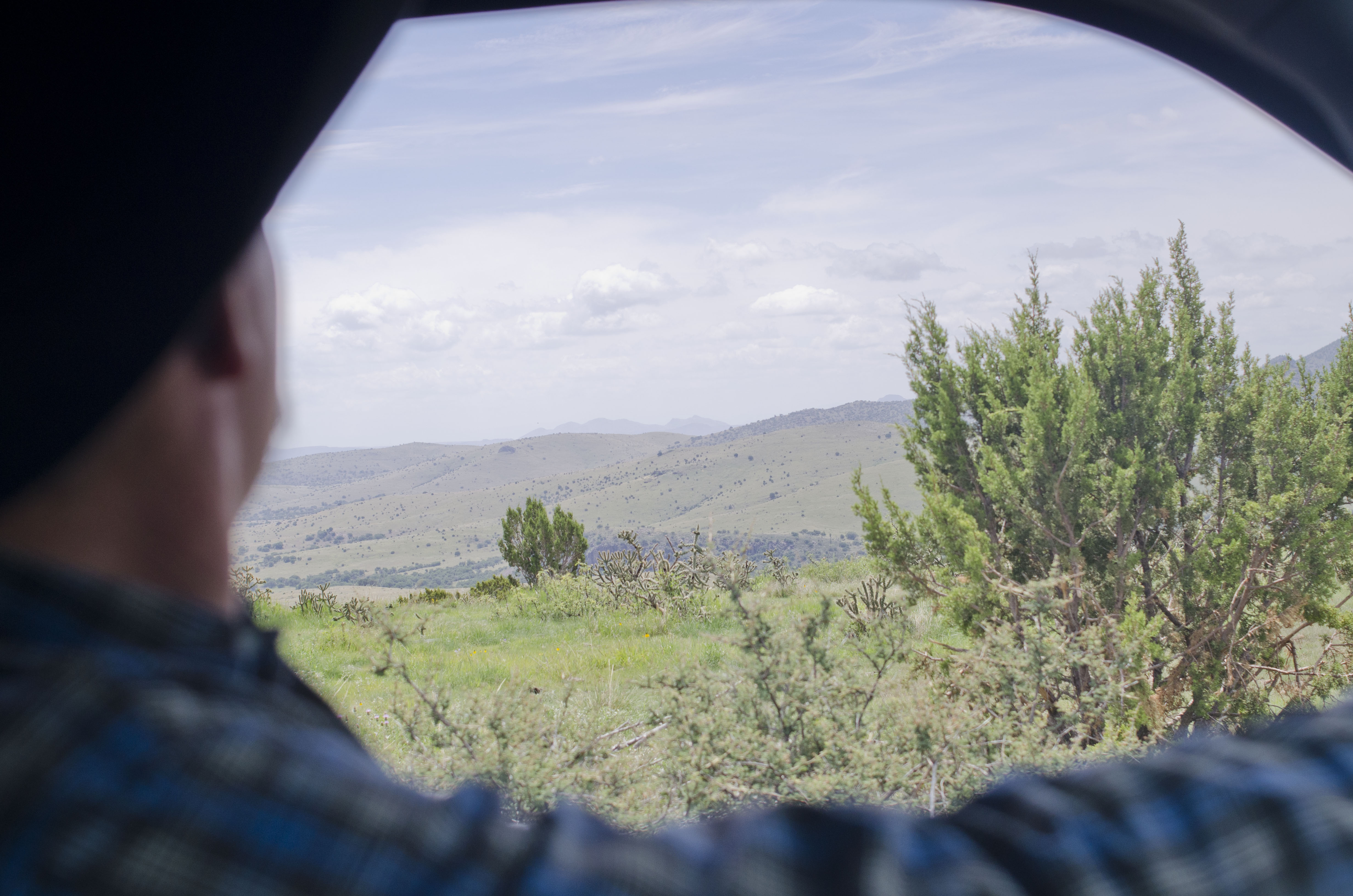This story originally appeared on Marfa Public Radio.
The recent rains throughout the state have led some scientists to declare Texas’s state-wide drought over. Ranchers, however, remain wary.
For the McIvors, one of the oldest ranching families in the area, the last five years have been no easier than the first 125. Sitting on his porch in a rocking chair next to his wife Julie, Scott McIvor discussed the problem that’s plagued his family for generations—lack of rain.
“Can’t ever have enough,” said McIvor. “Rancher can’t never have enough rain.”
As was the case for most ranchers, the drought hit the McIvors hardest in 2011 and 2012. Each year Fort Davis received less than seven and half inches of rain — a good ten inches short of the average. Normally hardy grama grasses wilted, leaving livestock without their staple food source; tumbleweed boomed.
For the first time in the history of the McIvor ranch, its proprietors were forced to feed purchased hay to cattle. To save their land, the McIvors eventually moved part of their heard 200 miles north to pastures near Midland.
Today, the McIvor ranch shows little trace of the dryness of years past. Eight inches of rain have already fallen this year, and the fields are a shade of emerald.
“It is green,” said McIvor as he drove around his ranch in Ford Super Duty truck.
But besides a cracked smile, he showed little sign of celebration.
“I wish it was a little bit greener though,” said McIvor. “Always want a little bit more.”
In his mind the phrase “end of the drought” belongs in quotations.
“Seems like we’re either going into a drought or coming out of one,” said McIvor. “There’s never a relaxed period.”
Experts who don’t ranch but work closely with ranchers echo this sentiment. Logan Boswell, Texas A&M’s Agrilife Extension Agent for Jeff and Brewster counties says remembering the hard times is the smart choice for all ranchers.
“The sad truth of the deal is we’ll get one good year and three or four bad years in normal times,” said Boswell. “Sometimes we’ll get one or two good years and seven or eight or ten bad years. The good ranchers in this part of the world always operate like there’s a drought going.”
Maintaining this mentality means using savings to make improvements. Because the McIvors held on to part of their herd and took a pay cut during the drought they are now able to make capital investments like new water tanks.
“I pump water here up top from down below and then I gravity flow it about four and a half miles to four of five troughs to water livestock and the wildlife,” said McIvor, standing atop a mountain on his property. “It’ll water the cattle at least two weeks.”
Bonnie Warnock, professor of Range Management at Sul Ross University, said this kind of long term thinking anticipates the often volatile cattle market.
“Market prices can be just as unpredictable as rainfall, and cattle prices are at record highs,” said Warnock. “What if? What if six months from now cattle are worth half of what they are now? Am I still going to have a viable business? [It’s risky to] put all your eggs in the ‘it’s a great year basket.’”
Since West Texas experiences its heaviest rainfalls July through September, the next few months will determine whether the current lushness will remain. Knowing how much rain might come — or how much might not come — is the uncertainty ranchers like the McIvors live with.
“You just accept it,” said McIvor. “You can’t make it rain. For the most part we still do, working wise, what we’ve done forever.”

















